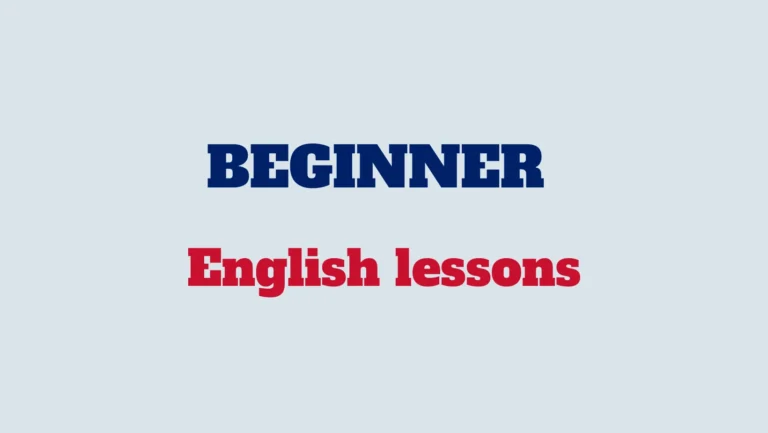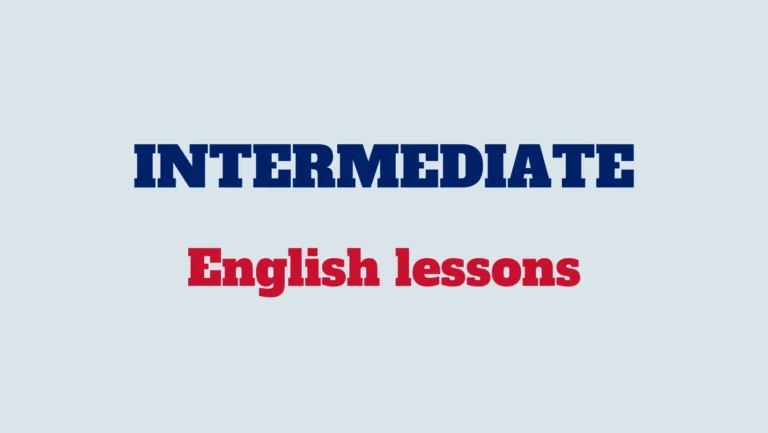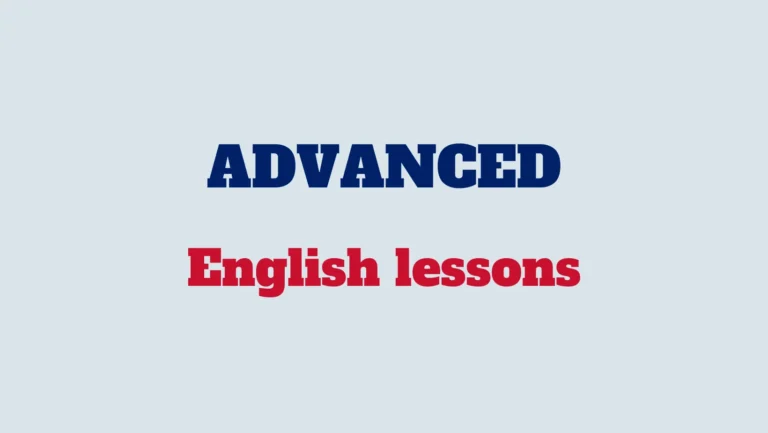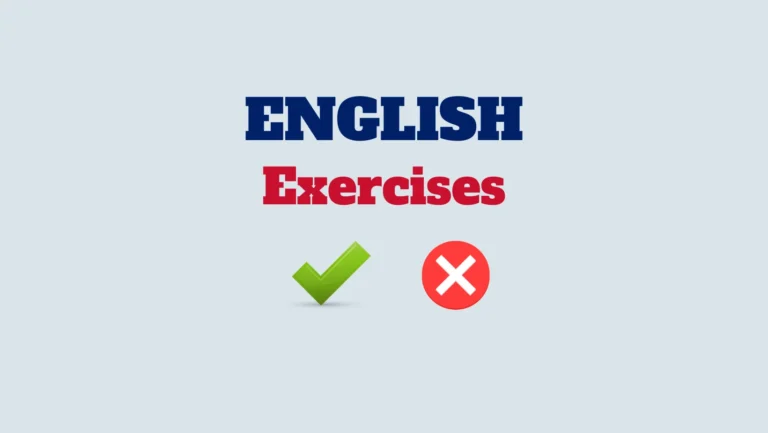The present simple tense with the verb “to be” is a fundamental aspect of English grammar. It is commonly used to express general truths, habitual actions, or states of being.
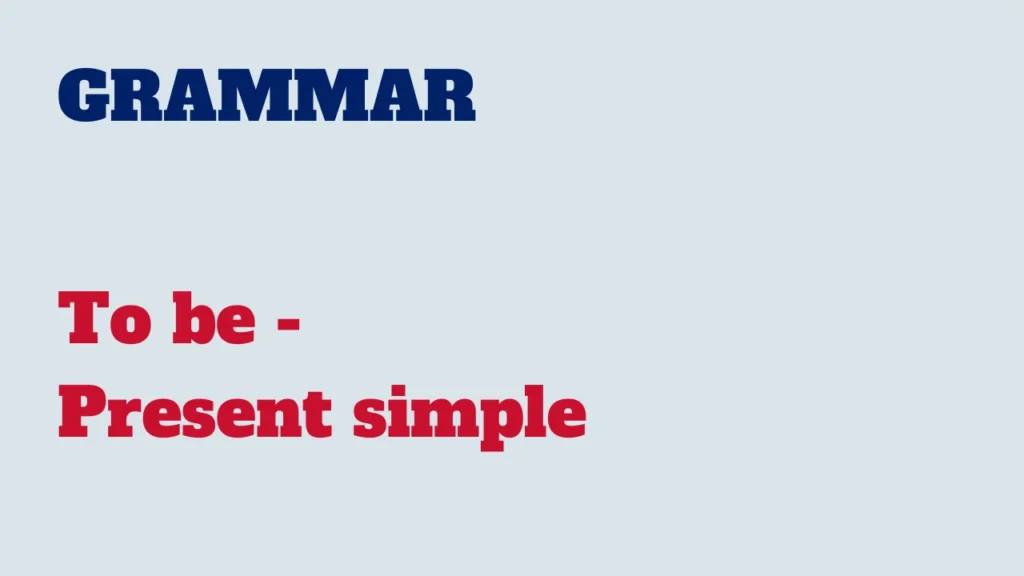
Let’s delve into the forms and usage of the present simple tense with “to be.”
Forms of “to be” in the present simple:
Am:
Used with the pronoun “I.”
Example:
I am a student.
Is:
Used with the pronouns “he,” “she,” “it,” and singular nouns.
Example:
She is a doctor.
Are:
Used with the pronouns “you,” “we,” “they,” and plural nouns.
Example:
We are friends.
Short forms and full forms of the verb ”to be”:
| Full forms | Short forms |
|---|---|
| I am | I‘m |
| You are | You‘re |
| He is | He‘s |
| She is | She‘s |
| It is | It‘s |
| We are | We‘re |
| They are | They‘re |
Usage of present simple with “to be”:
Describing states of being:
Use “am,” “is,” or “are” to describe a person’s state or identity.
Example:
She is happy.
Expressing nationality:
Use “am,” “is,” or “are” to state one’s nationality.
Example:
They are Canadian.
Talking about professions:
Use “am,” “is,” or “are” to discuss one’s profession.
Example:
I am a teacher.
Indicating possession:
Use “am,” “is,” or “are” to express possession.
Example:
The book is mine.
By understanding and practicing the present simple tense with “to be,” you can accurately convey information about identity, possession, and routines in English. Incorporate these structures into your language use, and you’ll find that expressing these concepts becomes second nature. Happy learning!
